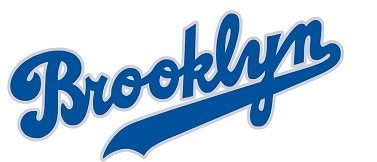Want to know what are the myths and misconceptions about Loan against property (LAP)? If yes, then let us comprehend some of the myths.
The most effective and preferred ways to raise large loan amounts, by keeping your property as collateral with banks or other financial institutions, is Loan Against property. A borrower is allowed by LAP to get access to big amounts at low rates of interest. Key benefits of loan against property include long tenure, low-interest rate and repayment flexibility, apart from high disbursement amount. Nonetheless, there are a few common misconceptions about loan against property.
1. Only Residential Property can be used as collateral
The reality: To obtain a loan against property, both residential and commercial property can be used.
Generally, the prospective borrower is allowed by the bank to use either self-occupied residential or commercial property as collateral as long as you can submit documentary evidence to support ownership. You can use either your self-occupied residential property or residential property that has been rented out, in case of residential property. Most banks accept prospective borrower-owned shops, residential buildings, plots that haven’t been developed yet etc. as collateral, in case of commercial property. Nevertheless, do keep in mind that banks accept the collateral property at their discretion. They often apply a higher margin on commercial property, which means a lesser loan amount compared to residential property.
2. The quantum of loan is based on the price at which the property was bought
The reality: The bank calculates the loan amount you can get as per its own evaluation.
The procedure followed by banks or NBFCs when granting a loan against property(LAP) involves the evaluation of the property by a bank approved evaluator or by the bank’s own evaluator. Some of the key factors taken into consideration, including the circle rate, age of the property and current condition of the property, at the time of evaluation. The evaluator assigns a value to the property you intend to use as collateral, on the grounds of such criteria. In addition to it, the lender keeps a margin on loan. For instance, you are lent up to 60% the prevailing property value as a loan against property, if the lender keeps a margin of 40% on loan. In effect, it does not matter at what price the property was purchased, all that matters is the present value of the property when it comes to determining your LAP eligibility.
3. The bank takes possession of the collateral property when granting a LAP
The reality: The property used as collateral remains under your control, in case of a LAP.
This misconception or myth actually stems from how a gold loan is handled wherein the lender holds the gold that has been used as collateral until the loan repayment has been completed. Nevertheless, this is not the case when a lender grants a loan against your property. The property documents have to be submitted with the lender; but, the property itself will continue to remain under your control, in case of a LAP. For instance, You and your family can continue to reside in the house during the loan tenure, if you use your self-occupied residence as collateral for LAP. Similarly, rental income from a commercial property owned by you will continue to be part of your income even if you have used it as collateral. That said the lender does have legal right to assume control of the collateral property in case of default by the borrower.

